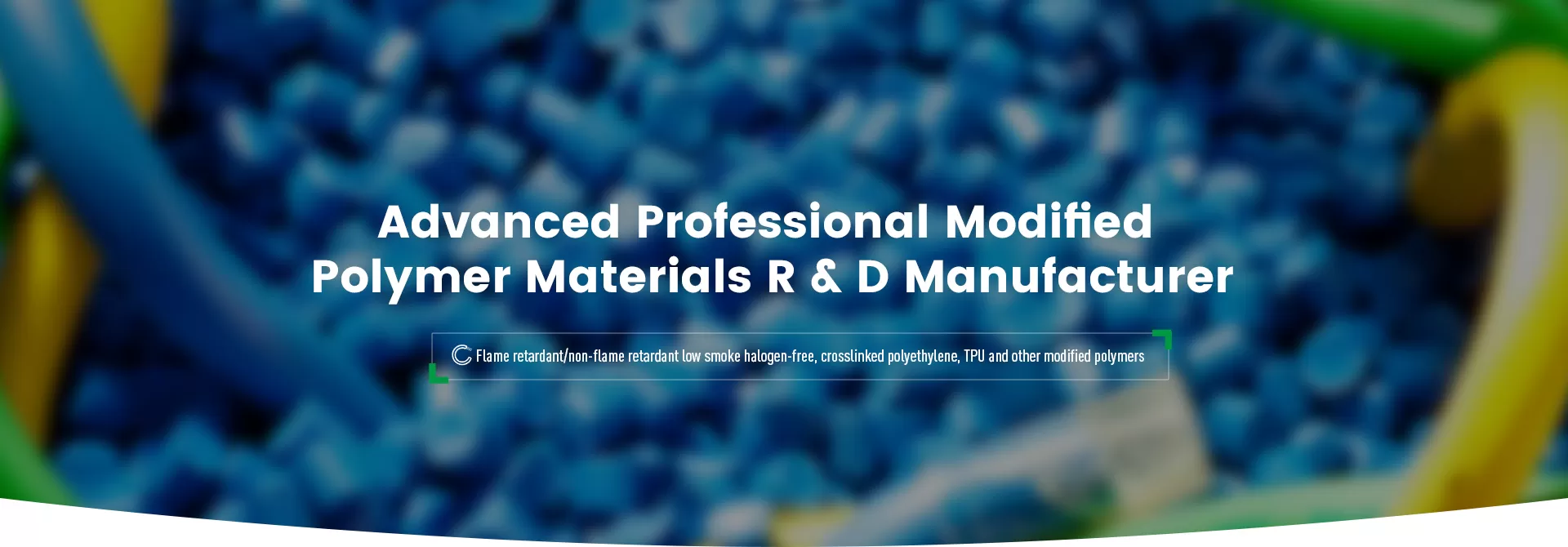
Against the background of the rapid development of new energy vehicles and smart cars, the performance requirements of cable systems are constantly increasing. High temperature resistance, anti-aging, wear resistance and environmental protection have become important standards for cable sheath materials. With its excellent thermal stability, insulation performance and mechanical strength, gas-phase mixed silicone is gradually becoming the preferred solution for automotive cable sheath materials.
This article will systematically explore the application and technical advantages of gas-phase mixed silicone in the field of automotive cables, combining industry standards with actual application needs, and provide professional reference for industry users and material engineers.
Fumed Silica Reinforced Silicone Rubber is a high-performance Silicone Rubber with high-purity fumed silica as a reinforcing agent. This material achieves a high-strength structural network through uniformly dispersed nano-scale gas-phase SiO₂, which improves the tensile strength, tear strength and heat resistance of traditional silicone rubber, and is widely used in high-end fields such as automobiles, electrical and medical.
Common performance parameters are as follows:
| Performance indicators | Value range |
| Working temperature | -60℃ to +200℃ (up to +250℃ for a short time) |
| Tensile strength | ≥8MPa |
| Tear strength | ≥25kN/m |
| Volume resistivity | ≥1×10^15Ω·cm |
| Flame retardant grade | up to UL94V-0 |
| Color | customizable (natural color, black, red, etc.) |
As the electrification and intelligence of vehicles increase, the number and complexity of cables in automobiles have increased significantly, and the wiring harness system must maintain stable operation for a long time under harsh conditions. Gas-phase mixed silicone is mainly used in the following types of automotive cable components:
In the high-voltage system of new energy vehicles (400V~800V), the cable sheath is required to be able to withstand high temperatures for a long time and have stable electrical insulation performance. Gas-phase mixed silicone has excellent dielectric properties and thermal stability, which can effectively prevent breakdown and thermal aging.
The engine compartment area has high temperature and heavy oil pollution, and ordinary rubber and plastic materials are prone to aging and cracking. Gas-phase mixed silicone has excellent heat resistance, oil resistance and ozone resistance, which can significantly improve the life and safety of the wiring harness.
Intelligent driving and ADAS systems rely on precision sensors and control modules. Its connecting cables need to be cold-resistant, soft and anti-interference. Gas-phase mixed silicone still maintains good flexibility at low temperatures and is suitable for extremely cold working conditions in the north.
The working environment of these modules is complex, requiring the cable materials to have voltage resistance, flame retardancy and corrosion resistance. The electrical insulation and flame retardancy of silicone materials meet the requirements of IEC 60332, ISO 6722 and other standards.
Gas-phase silicone has a wide temperature resistance range and can work for a long time between -60℃ and 250℃ without hardening, cracking or melting due to temperature fluctuations.
The volume resistivity is usually above 10^15Ω·cm, which is suitable for high-voltage and high-frequency fields, ensuring that the cable system is still safe and reliable under high voltage.
The addition of gas-phase silica significantly improves its structural strength and surface wear resistance, adapting to the complex wiring and dynamic vibration environment in the car.
It does not contain halogen, lead and other heavy metals, produces very little smoke when burning, and is widely used in electric vehicle systems with high requirements for environmental and personal safety.
By adding halogen-free flame retardants, gas-phase mixed silicone can achieve UL94 V-0 level flame retardancy, no dripping, no melting, and meet the fire protection needs of key electronic systems.
According to data from "Markets and Markets", the global high-performance cable market for automobiles has an annual compound growth rate (CAGR) of more than 6.5%. As the trend of electrification continues to advance, the market demand for gas-phase mixed silicone will continue to rise, especially in the field of high-end new energy vehicle wiring harnesses.
At present, Angreen and mainstream material manufacturers at home and abroad have launched a variety of automotive-grade gas-phase silicone grades, which are ready for mass production. Domestic brands are also gradually promoting localized formula optimization and cost control to narrow the technology gap.
Gas-phase mixed silicone is becoming an important material choice for automotive cable sheaths and insulation systems with its many technical advantages. Its high and low temperature resistance, strong electrical insulation, environmental protection and flame retardancy not only meet the current high standards of the automotive industry, but also meet the future trend of green manufacturing and functional integration.
As automotive cable systems continue to evolve, choosing high-performance materials is a key step in improving product safety, reliability and brand competitiveness. Gas-phase mixed silicone is providing solid protection for the next generation of intelligent transportation.
If you need to obtain a specific technical data sheet (TDS), a list of products that meet ISO/UL standards, or a customized material solution, you can contact the relevant technical service provider for further discussion.